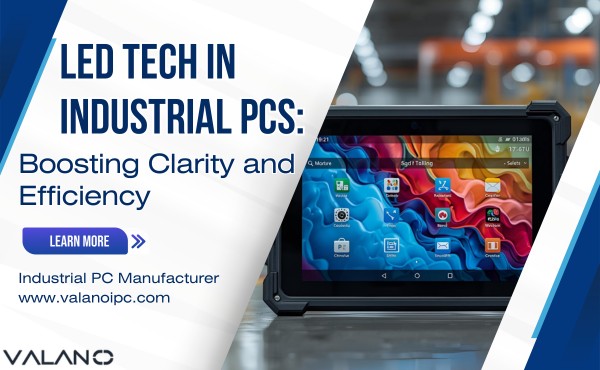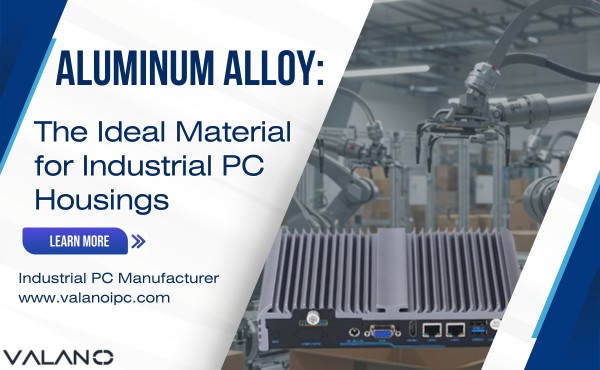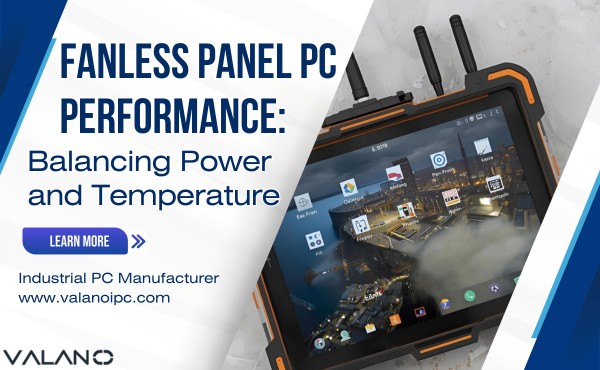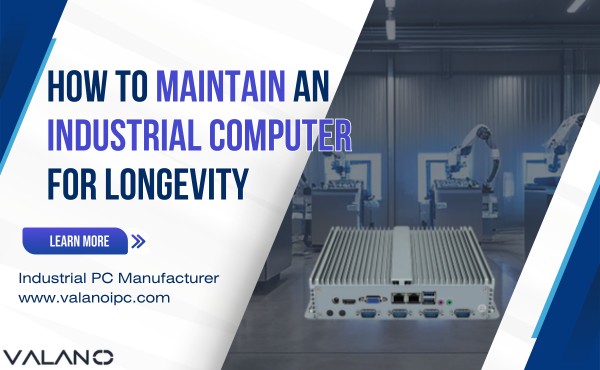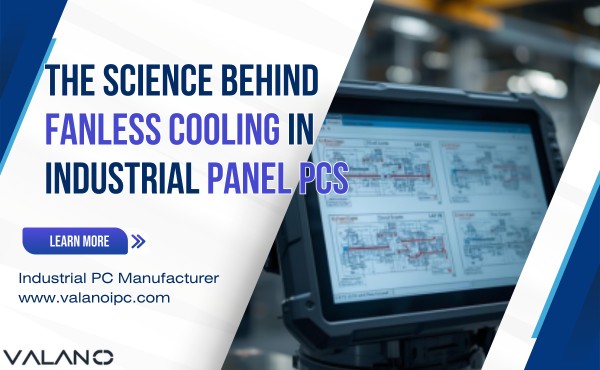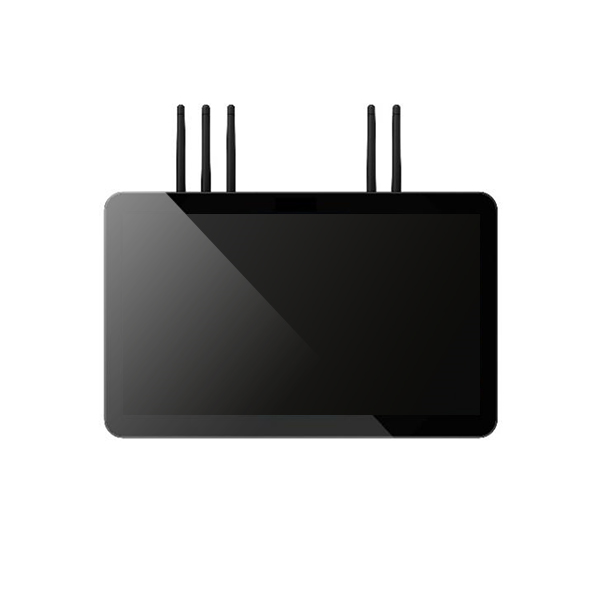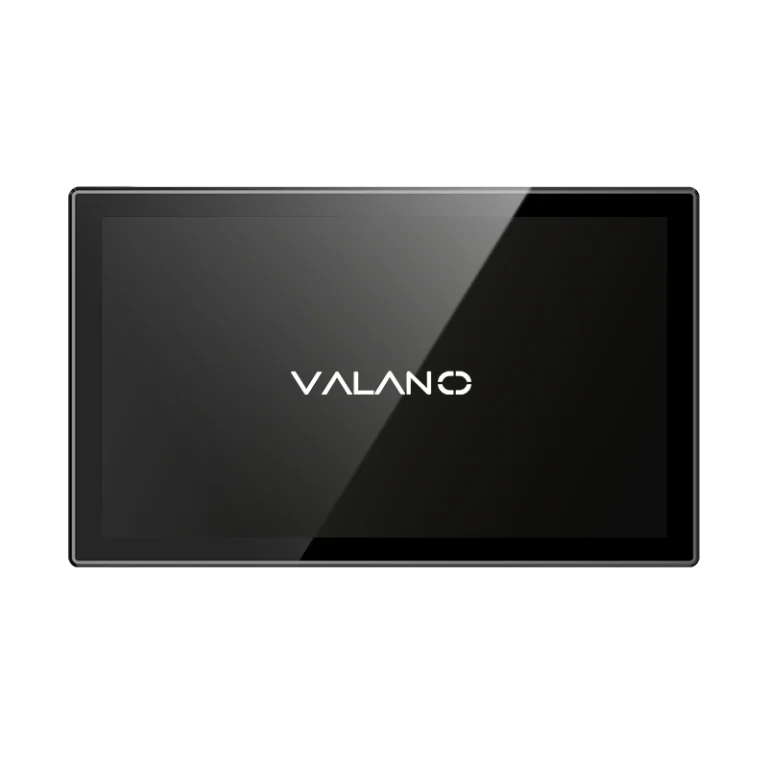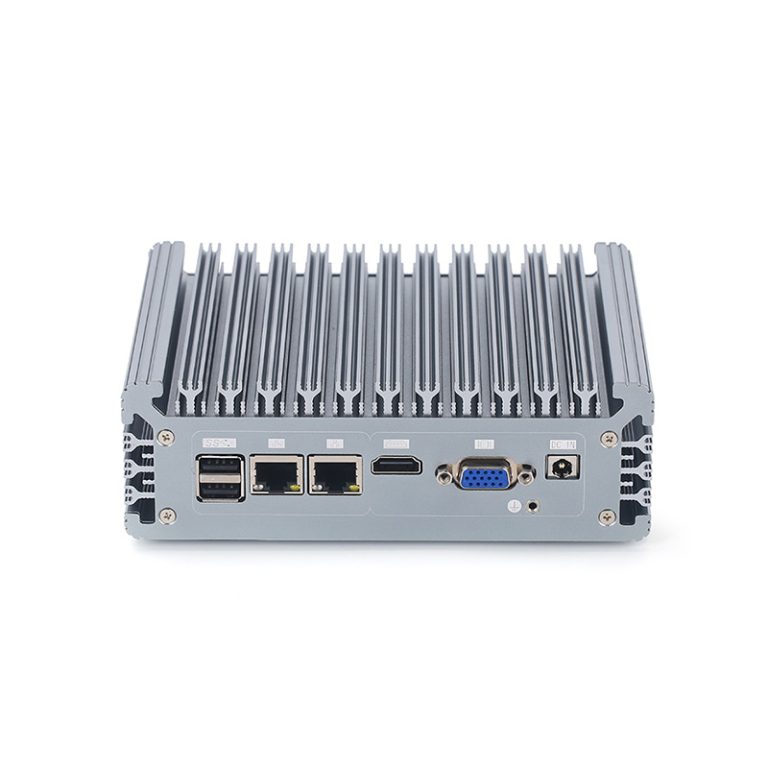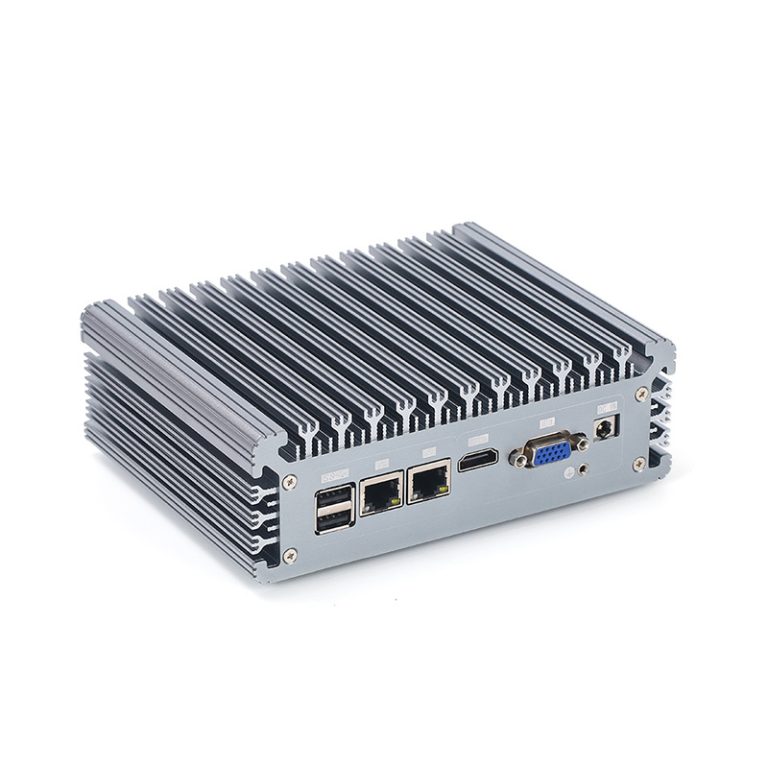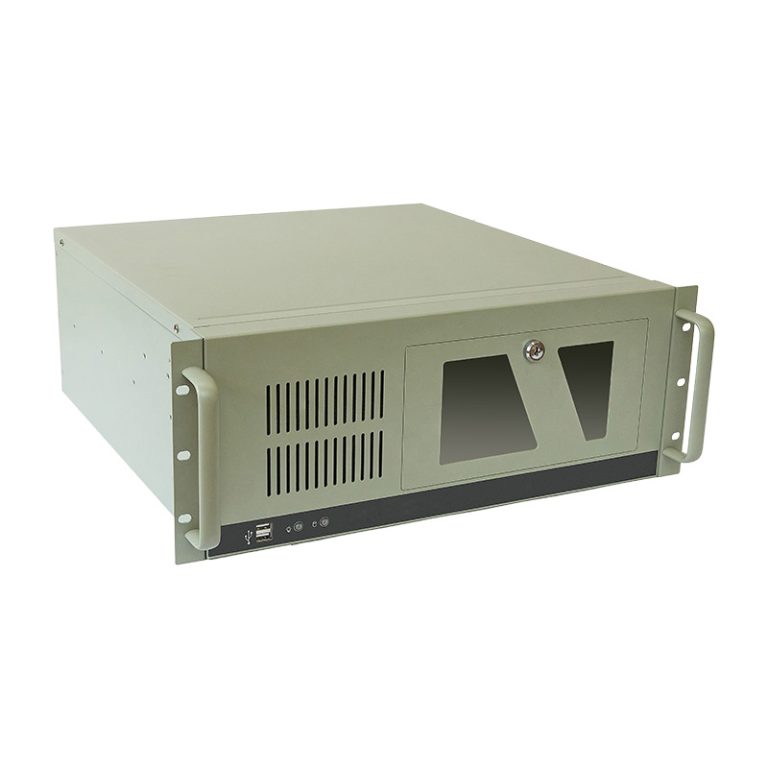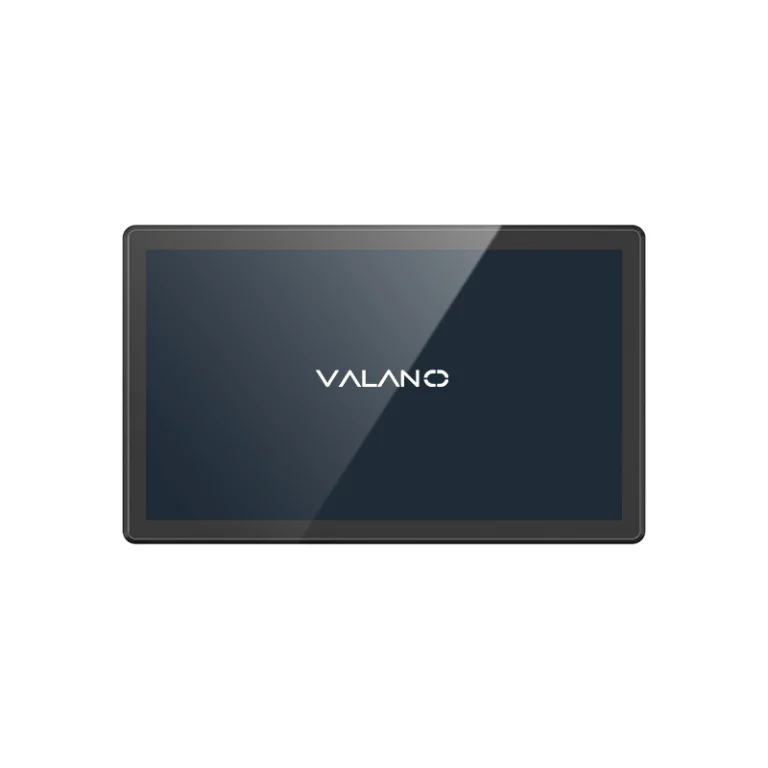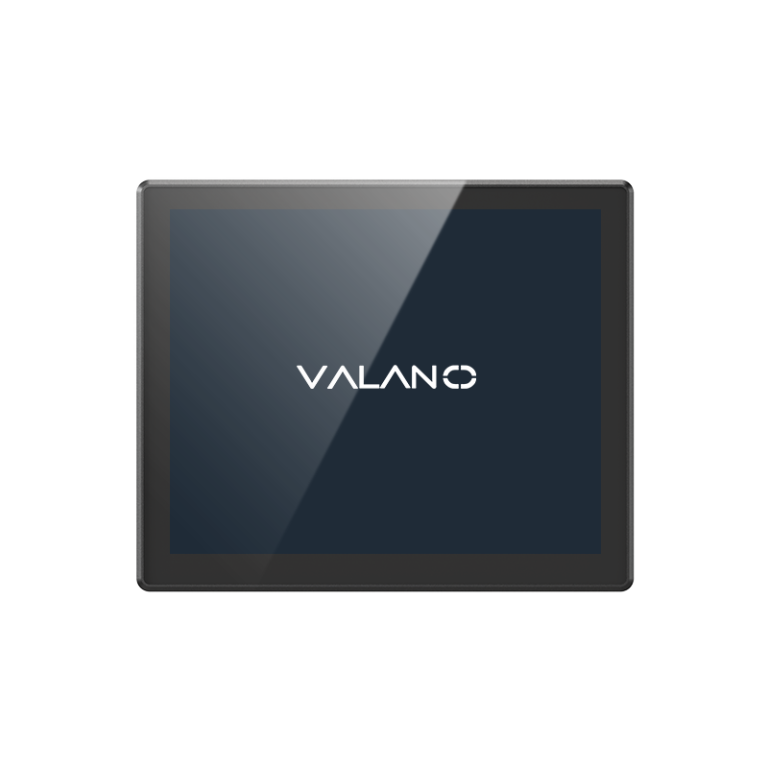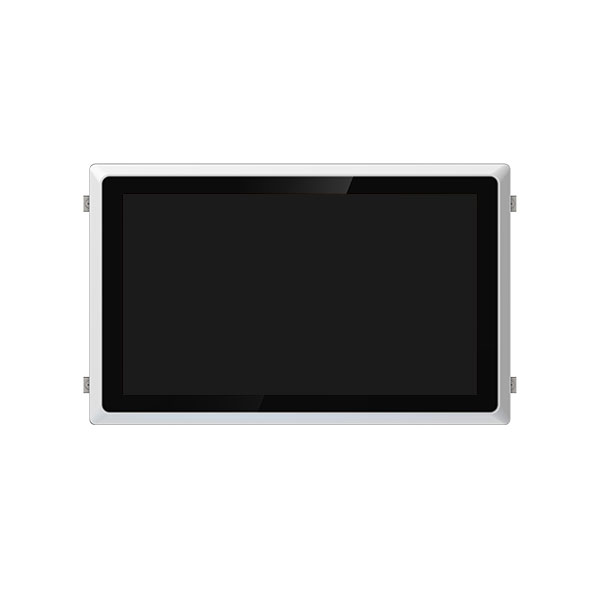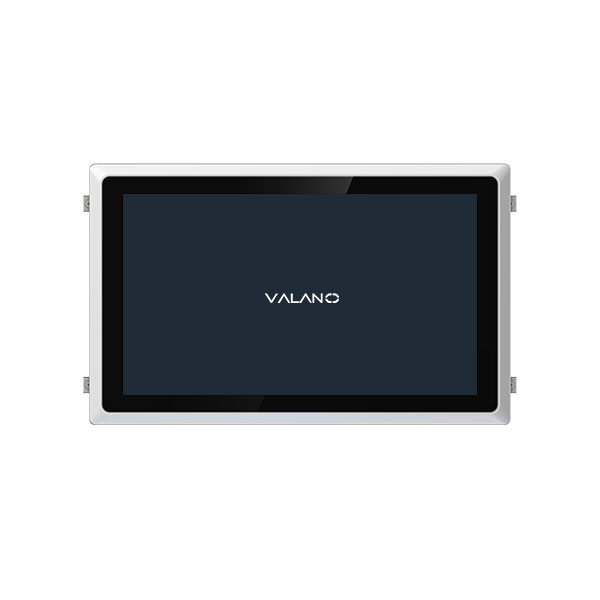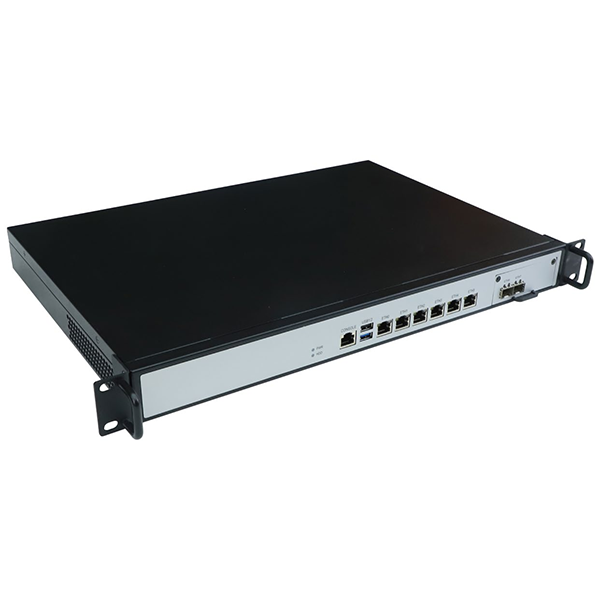LED tech in industrial PCs is transforming how operators interact with critical systems. By enhancing display clarity and brightness, it allows workers to quickly read data, reduce errors, and maintain efficiency even in challenging environments. Beyond sharper visuals, LED solutions improve energy efficiency and device longevity. This article explores how LED technology boosts performance, safety, and productivity in industrial computing environments.
LED Tech and Display Clarity
Enhanced Visuals in Industrial PCs
LED tech improves the way workers see information on industrial PC screens. The light from LED displays creates sharp images and vivid colors. This lighting helps users spot details quickly, even in areas with poor light.
Industrial PCs often operate in places with dust, moisture, or glare. LED lighting cuts through these challenges and keeps screens readable. The technology supports high brightness levels, which means workers can rely on clear visuals during every shift.
LED technology also reduces eye strain. Workers experience less fatigue when they use screens with balanced lighting. The right light level keeps attention focused and supports accurate work.
Impact on Workplace Productivity
Clear visuals from LED displays boost performance in industrial settings. Workers make fewer mistakes when they can see instructions and data clearly. Good lighting helps teams finish tasks faster and with greater accuracy.
LED lighting supports safe operations. Bright light makes hazards easier to spot and helps prevent accidents. Teams work more efficiently when they do not struggle with dim or uneven light.
A well-lit workspace improves morale. Employees feel more comfortable and alert when lighting meets their needs. LED technology creates a better environment for everyone.
| Benefit | How LED Helps |
|---|---|
| Clarity | Sharp images, bright light |
| Safety | Hazards easier to see |
| Efficiency | Faster, accurate work |
| Comfort | Less eye strain, better lighting |
LED displays also last longer than older lighting solutions. This means less downtime and fewer interruptions for repairs. The technology keeps industrial PCs running smoothly and supports high performance every day.
LED Efficiency in Industrial Environments
Energy Savings and Cost Reduction
Industrial environments demand high levels of energy efficiency. LED lighting uses less power than traditional bulbs. This shift leads to lower electricity bills and reduced operational costs.
Recent studies show that LED tech can cut energy use by up to 50% compared to older lighting systems. Facilities that switch to LED lighting often see quick returns on investment. The savings help companies allocate resources to other important areas.
LED efficiency also means less heat output. Lower heat reduces the need for cooling systems. This change further decreases energy consumption and boosts operational efficiency.
A table below highlights the cost benefits of LED lighting:
| Feature | Traditional Lighting | LED Lighting |
|---|---|---|
| Power Consumption | High | Low |
| Maintenance Costs | Frequent | Rare |
| Lifespan | Short | Long |
| Heat Output | High | Low |
Improved Battery Life for Devices
LED technology supports longer battery life in portable industrial devices. Devices with LED displays or lighting use less energy. Workers rely on these devices for extended periods without frequent charging.
LED lighting provides consistent brightness while conserving power. This feature is vital in remote or mobile work settings. Teams can operate equipment longer and maintain productivity.
Energy efficiency in LED systems helps reduce downtime. Devices stay powered and ready for use. This reliability improves operational efficiency and supports continuous workflow.
LED tech continues to evolve in an energy-conscious world. Companies that invest in LED solutions benefit from lower costs, longer device life, and improved workplace efficiency.
Benefits of LED Lights in Industrial PCs
Reliability and Durability
Industrial PCs need reliable lighting solutions to perform in tough environments. LED lights offer strong durability because they resist shock, vibration, and temperature changes. Many factories use LED lights because they last longer than traditional bulbs.
LED lights reduce the need for frequent maintenance . Workers spend less time replacing bulbs and more time focusing on important tasks. This reliability helps keep machines running and lowers the risk of unexpected downtime.
Light pipes play a key role in modern electronics by guiding light to where it is needed most. These light pipes help LED lights deliver even illumination across control panels and displays. The use of light pipes in LED lighting solutions also protects sensitive parts from dust and moisture.
Safety and Human-Centric Design
LED lights improve safety in industrial settings. Bright, even lighting helps workers see hazards and avoid accidents. Light pipes direct light to critical areas, making warning signals and controls easy to spot.
Human-centric lighting solutions use LED technology to support worker well-being. These systems adjust light levels to match natural rhythms, which can reduce fatigue and boost alertness. Modern electronics often include smart controls that let users change lighting based on the task.
LED lights also create a comfortable work environment. Proper lighting reduces eye strain and supports mental focus. Companies that use LED lights and light pipes show a commitment to both safety and employee health.
A table below highlights the main benefits:
| Benefit | How LED Lights and Light Pipes Help |
|---|---|
| Reliability | Fewer replacements, less downtime |
| Safety | Better visibility, fewer accidents |
| Employee Well-Being | Less eye strain, improved comfort |
| Efficiency | Lower maintenance, longer device life |
Innovations and Future Trends
Smart LED Controls
Smart controls now shape the future of led lights in industrial PCs. These systems let users adjust lighting levels for each task. Workers can set the brightness and color of led lights to match changing needs.
Sensors in led technology detect movement and ambient light. The system then changes the lighting to save energy and improve efficiency. Light pipes help direct led light exactly where it is needed, making workstations safer and more productive.
Many facilities use smart led controls to automate lighting schedules. This approach reduces waste and keeps led lights working longer. Teams see fewer interruptions and better results from their lighting systems.
Sustainable LED Solutions
Sustainable led solutions lead the way in modern industry. Companies choose led lights because they last longer and use less power. This choice supports environmentally friendly goals and reduces waste.
Light pipes play a key role in sustainable lighting. They guide led light to specific areas, so less energy is wasted. Led lights also create less heat, which means cooling systems work less and save more energy.
A table below shows how sustainable led solutions compare to older lighting:
| Feature | Traditional Lighting | Sustainable LED Solutions |
|---|---|---|
| Lifespan | Short | Long |
| Energy Use | High | Low |
| Heat Output | High | Low |
| Waste | More | Less |
Led tech continues to evolve with new materials and smarter designs. Light pipes and led lights now support both efficiency and environmental goals. Companies that invest in these solutions help protect the planet and improve their bottom line.
Practical Steps for LED Integration
Choosing the Right LED Display
Selecting the best LED display for industrial PCs requires careful planning. Teams should consider the brightness level needed for each workspace. High brightness helps workers see important details in areas with strong ambient light.
LED lights offer many options for display size and resolution. Larger screens provide more information at a glance. Higher resolution improves clarity and reduces errors in reading data.
Light pipes play a key role in guiding light across the display. They help distribute lighting evenly and prevent shadows. Engineers should test different light pipe designs to find the most effective solution.
A table below shows important factors to consider:
| Factor | Why It Matters |
|---|---|
| Brightness | Improves visibility |
| Resolution | Enhances clarity |
| Light Pipe Design | Ensures even lighting |
| Compatibility | Prevents integration issues |
Maintenance and Upgrades
Regular maintenance keeps LED lights working efficiently. Workers should inspect lighting systems for dust or damage. Cleaning light pipes helps maintain clear light flow and prevents dim spots.
Upgrading LED technology improves efficiency and extends device life. Newer LED lights use less energy and produce less heat. Teams should schedule upgrades to avoid disrupting operations.
LED integration requires monitoring system performance. Engineers track lighting output and replace worn components quickly. This approach ensures reliable lighting and supports safe working conditions.
Conclusion
LED tech in industrial PCs delivers sharper visuals, improved safety, and greater operational efficiency, helping workers perform accurately in challenging environments. By combining energy savings, longer device life, and human-centric lighting, these solutions reduce downtime and enhance productivity across industrial settings. Investing in advanced LED displays ensures reliable, high-performance industrial PCs that meet both practical demands and evolving workplace standards.



